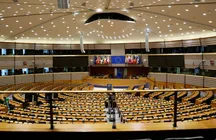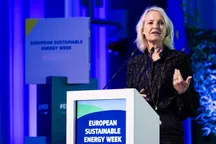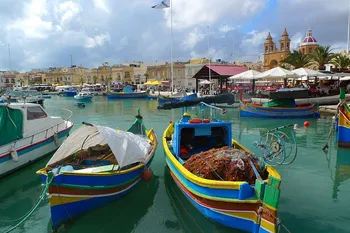How cascade calls work and the part of the budget dedicated to supporting third parties; which activities can be subcontracted; and also, what are the differences compared to the previous call. These are some of the issues at the heart of this morning's presentation of the Single Market Programme's new call for proposals to select the new Euroclusters, trans-European consortia of clusters or poles capable of fostering the creation of synergies between different industrial ecosystems.
A very relevant growth opportunity for the territories and regional ecosystems of the EU, not only because the Euroclusters manage resources destined for SMEs through cascade calls, but also because it is now proven that regions with clusters on their territory are more competitive and invest more in research and development.
Clusters are, in fact, key players in the European industrial landscape thanks to their ability to connect economic actors along the value chain. "They are geographical concentrations of interconnected companies and related economic entities that have reached a sufficient scale to develop skills, services, resources, suppliers, and specialized skills. They include companies of different sizes, but also other essential entities of an industrial ecosystem, such as research institutes, science and technology parks, financial service providers, non-profit organizations, and related public entities.





